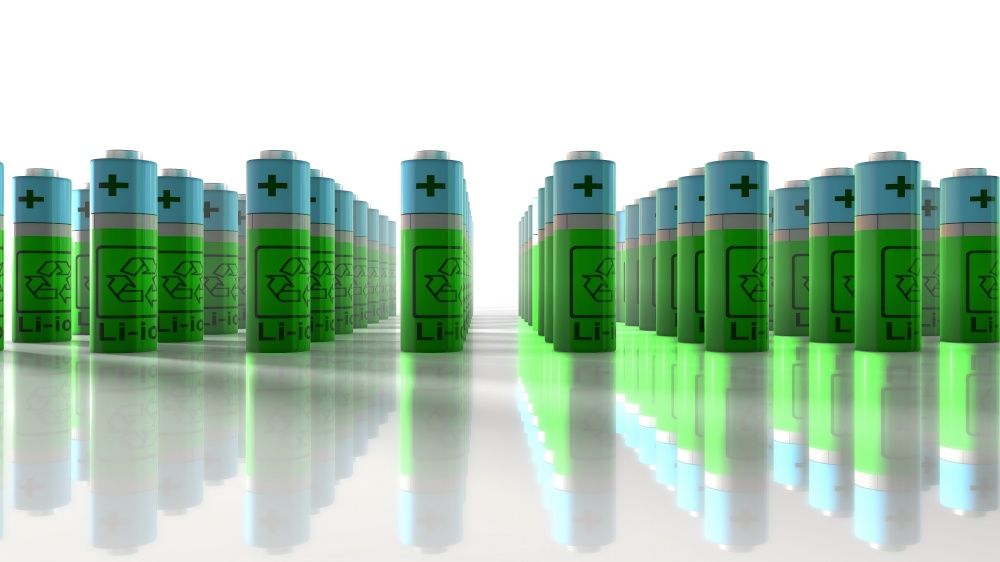Lithium-Ion Battery Facts: You Use Them Every Day, But Do You Really Understand Them?
Lithium-ion batteries are everywhere—in mobile phones, laptops, electric vehicles, home energy storage systems, and portable power banks. They make our lives lighter, more efficient, and increasingly eco-friendly. Whether it’s a compact LiFePO4 power pack or a large-scale lithium iron phosphate battery system from professional battery energy storage system suppliers, these energy devices are quietly powering our world.
Lithium-ion batteries are everywhere—in mobile phones, laptops, electric vehicles, home energy storage systems, and portable power banks. They make our lives lighter, more efficient, and increasingly eco-friendly. Whether it’s a compact LiFePO4 power pack or a large-scale lithium iron phosphate battery system from professional battery energy storage system suppliers, these energy devices are quietly powering our world.
What Is a Lithium-Ion Battery?
A lithium-ion battery is a rechargeable energy storage device that works by moving lithium ions between the positive and negative electrodes. During charging, lithium ions migrate from the positive electrode to the negative electrode; during discharging, they flow back, generating electrical energy.
For lithium iron phosphate batteries (LiFePO4), the positive electrode material is lithium iron phosphate, known for stability and safety—ideal for home energy storage and commercial battery systems
For lithium iron phosphate batteries (LiFePO4), the positive electrode material is lithium iron phosphate, known for stability and safety—ideal for home energy storage and commercial battery systems
How Does It Work?
Main components include:
Positive Electrode Material – cobalt oxide, lithium iron phosphate, or other advanced chemistries.
Negative Electrode Material – usually graphite.
Electrolyte – enables lithium-ion mobility.
Separator – prevents short circuits by separating positive and negative electrodes.
When in use, lithium ions move from the negative electrode to the positive electrode, releasing electrons to create an electric current. Charging reverses this process.
Positive Electrode Material – cobalt oxide, lithium iron phosphate, or other advanced chemistries.
Negative Electrode Material – usually graphite.
Electrolyte – enables lithium-ion mobility.
Separator – prevents short circuits by separating positive and negative electrodes.
When in use, lithium ions move from the negative electrode to the positive electrode, releasing electrons to create an electric current. Charging reverses this process.
Why Are Lithium Batteries So Popular?
High Energy Density – compact yet powerful, perfect for mobile devices and home energy storage.
Long Cycle Life – LiFePO4 batteries can handle thousands of charge/discharge cycles.
No Memory Effect – no need to fully discharge before recharging.
Low Self-Discharge Rate – retains charge longer when not in use.
Long Cycle Life – LiFePO4 batteries can handle thousands of charge/discharge cycles.
No Memory Effect – no need to fully discharge before recharging.
Low Self-Discharge Rate – retains charge longer when not in use.
Usage Precautions
Avoid high temperatures above 60°C to prevent swelling or explosion.
Never puncture, crush, or strike the battery.
Use only compatible, quality chargers.
Do not leave charging batteries unattended for extended periods.
Never puncture, crush, or strike the battery.
Use only compatible, quality chargers.
Do not leave charging batteries unattended for extended periods.
Tips to Extend Battery Life
Maintain charge between 20%–80% for longevity.
Avoid overheating; unplug chargers in hot weather.
Store at 40%–60% charge if unused for long periods.
Avoid overheating; unplug chargers in hot weather.
Store at 40%–60% charge if unused for long periods.
Environmental Challenges
While lithium batteries drive clean energy adoption, their production and recycling require responsible handling. Leading battery energy storage system suppliers are investing in improved recycling technologies to make LiFePO4 and other lithium battery types more sustainable.
Summary
From portable electronics to large-scale home energy storage systems, lithium-ion and LiFePO4 batteries are indispensable in modern life. Understanding their principles, proper use, and environmental impact can help us maximize performance while reducing waste.
The next time you plug in your phone or power your home from a lithium iron phosphate battery, remember this quiet, reliable “energy guardian” working behind the scenes.
The next time you plug in your phone or power your home from a lithium iron phosphate battery, remember this quiet, reliable “energy guardian” working behind the scenes.
Inquiry more product details from the lithium ion battery supplier:
WhatsApp/Wechat/Mobile: +86 13332949210
Email: info@xihobattery.com
Website: www.xihopower.com
WhatsApp/Wechat/Mobile: +86 13332949210
Email: info@xihobattery.com
Website: www.xihopower.com
 +86 13332949210
+86 13332949210 info@xihobattery.com
info@xihobattery.com







 Xiho
Xiho Aug 13 2025
Aug 13 2025











